April 18, 2023 at 6:18 pm
Mapping Maine’s Salamanders, Frogs, Turtles, and Snakes
Gaining a clear understanding of the abundance and distribution of species over time is instrumental in making informed wildlife management decisions to protect our state’s biological diversity. With over 33,000 square miles of Maine to survey, and 34 species of reptiles (turtles and snakes) and amphibians (salamanders and frogs), accurate species mapping is a challenge! To help cover this vast area, Maine’s wildlife biologists rely on community members to share their observations, including you!
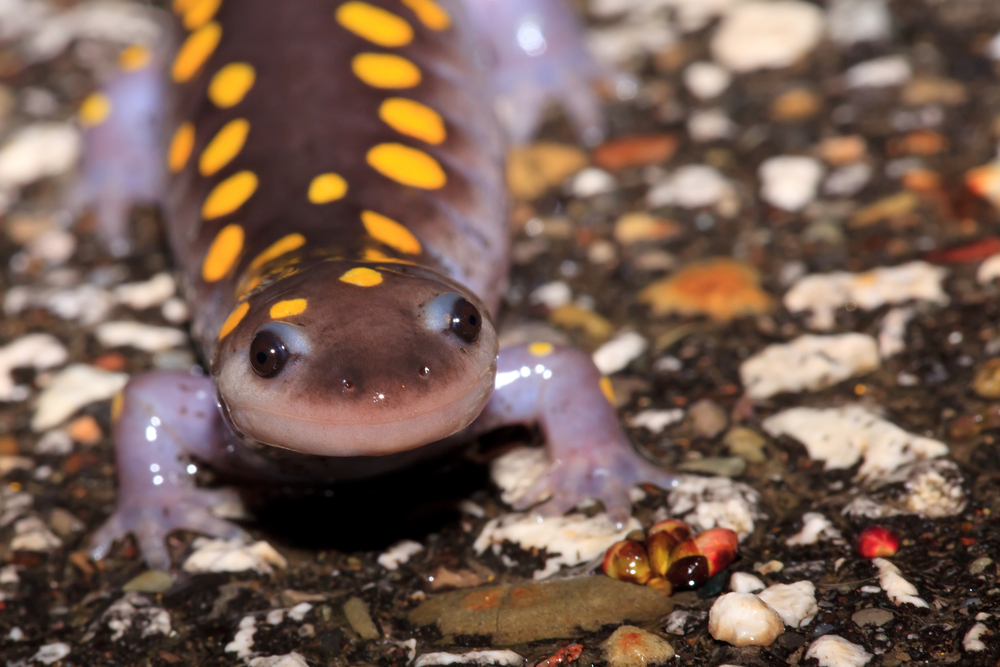
Community scientists can make important contributions to our understanding of Maine’s natural history. The Maine Amphibian and Reptile Atlas Project (MARAP) is one of the longest running community science projects in New England. Since the project was launched in 1984, hundreds of volunteers have submitted thousands of observations of Maine’s 34 species of reptiles and amphibians. With each submission we gain a more complete biogeographic picture of the state’s herpetofauna. The fact that 1/3 of Maine’s reptiles and amphibians are currently listed as State Endangered, Threatened, or Special Concern makes closing this knowledge gap even more pressing.
How you can help
Whether or not you have participated in MARAP before, the 2023 season is a very exciting time to get involved! Data submitted this year will be the last to be included in the third edition of Maine Amphibians and Reptiles, scheduled for publication by University of Maine Press in 2024.
You don’t have to be an expert at identifying reptiles and amphibians before you begin. All you need is curiosity, a sharp eye, and a cell phone or camera to take photos that can be reviewed by our expert biologists. Your identification skills will improve along the way, especially if you bring a field guide. You can also get a head start by visiting our website to become familiar with each species. Learning about their habitat, seasonal activity, and behavior can give you clues on where, when, and how to find each species. It’s also okay to simply report incidental sightings during any outdoor adventure whether in your own back yard or deep in the wilderness.
Participation is open to community scientists of all ages and experience levels, there is no minimum number of observations required, and our online submission form makes contributing to the project faster and easier than ever!
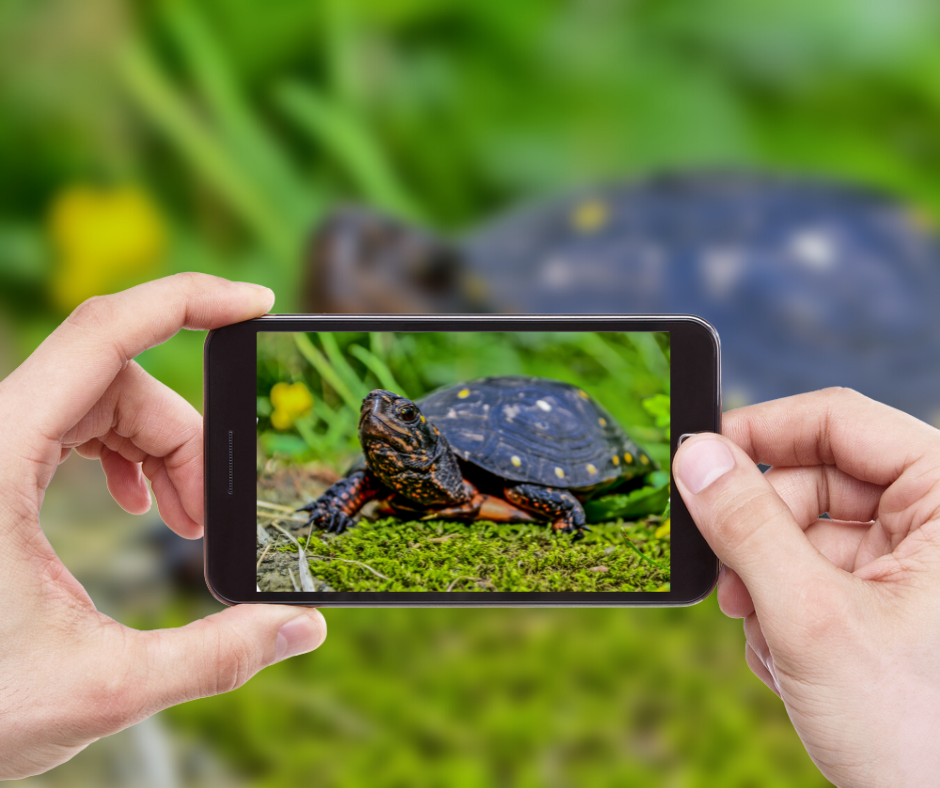
Any time you spot a salamander, frog, turtle, or snake in Maine, take a photo and submit it with the following information:
- Species (don’t worry if you are unsure, MDIFW biologists will review every record)
- Date
- Your contact info
- Location- A street address is fine, or use the map feature right in the submission form to add a GPS location.

That’s all there is to it! Adding additional notes including a habitat description is helpful but not required. You can upload your data using the online form when you have a connection at your computer, or download the app ahead of time to use it offline in the field.
Uploading your observations through the popular iNaturalist website or app is also a great way to share data with MARAP. This might be a good option for those who are still learning to identify species because the app provides assistance with the identification of your photos.
Where to look
You’ll likely be surprised just how many wildlife species you see when you slow down and take a moment to look! Many of Maine’s reptiles and amphibians live in or near forested areas, ponds, marshes, and swamps. Look under rocks or logs for a fun surprise (carefully returning them to their original positions to maintain the habitat), or listen for calling frogs for clues! Spring and summer are excellent times for wildlife scavenger hunts.
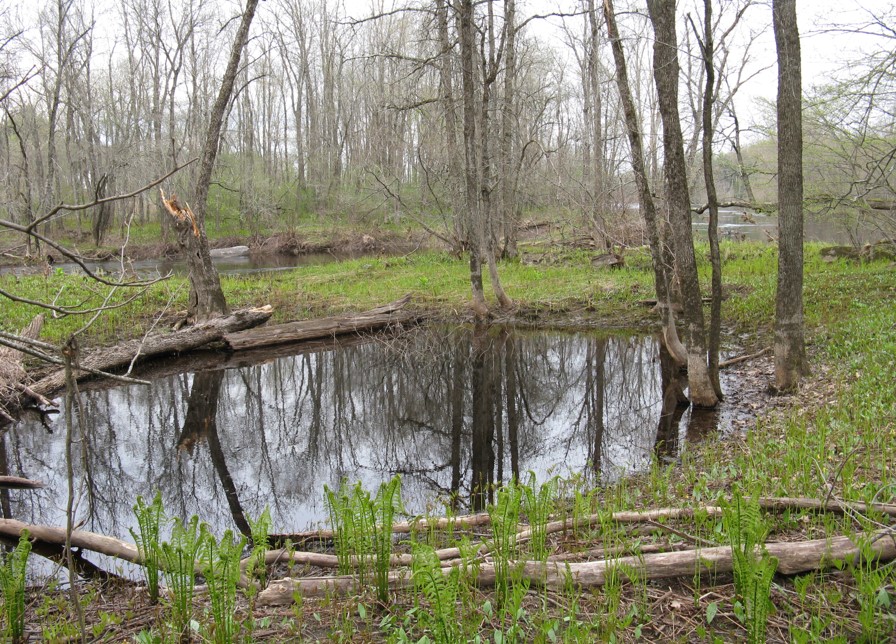
Photo by Phillip deMaynadier.
One of the priority goals of the 2023 MARAP field season is to fill in geographical data gaps in species distributions. Even for the most common species such as painted turtles and bull frogs, there are still several areas where observations have not been recorded. Don't assume that your sighting isn’t valuable just because it is a common species.
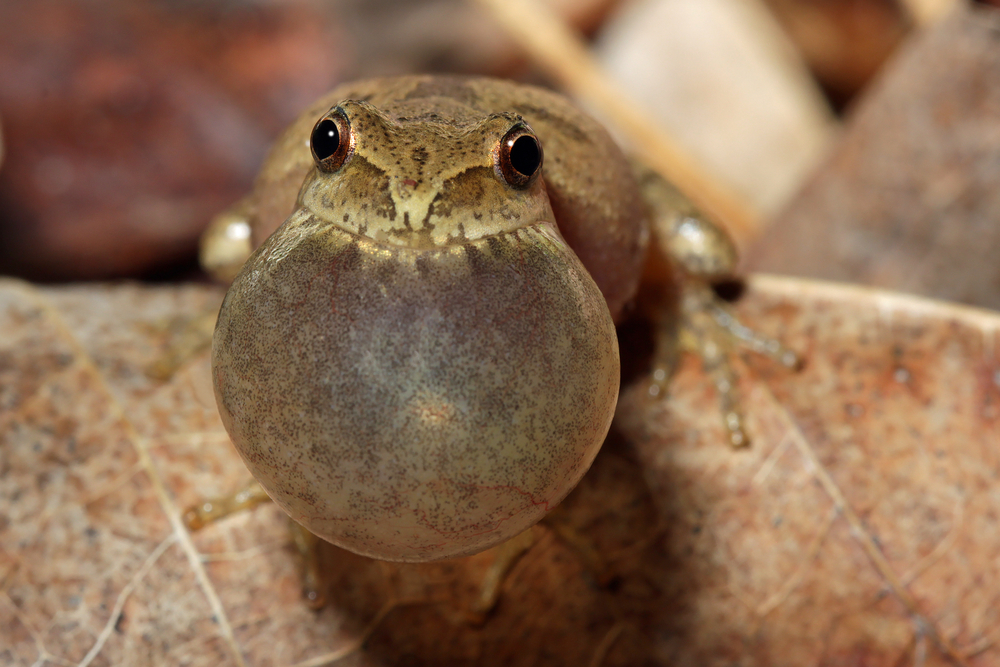
Data gaps could be close to home, but are most common in more remote areas that are difficult to access or visited less frequently such as the North Maine Woods. If you vacation at a camp in northern, western, or eastern Maine, we especially need your records! The farther north and more remote your explorations, the more valuable your sightings are likely to be. If you enjoy any type of outdoor recreation, the right MARAP experience for you might be an adventure from the following list of geographic priorities. As always, please be prepared, stay safe, and respect private landowner wishes. Keep in mind that some of these locations may not be accessible or safe until later in the season (when snow is gone and roads are dry).
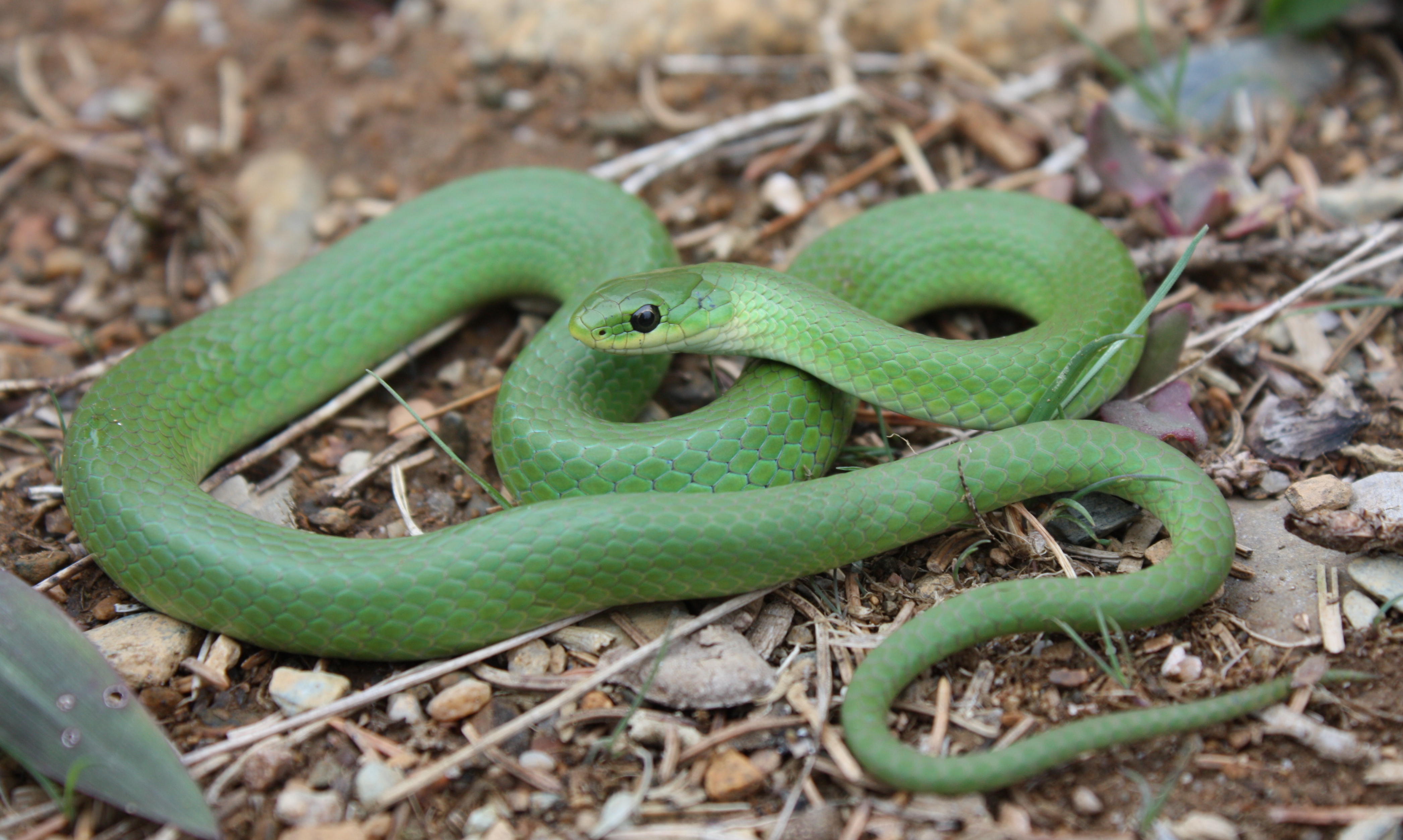
Photo by Trever Persons
- Experienced paddlers might consider a trip on the Allagash and St. John Rivers to help add snapping turtle and wood turtle observations in northwestern Maine. Southeastern Aroostook and northern Hancock/Washington Counties have very few records even for common species, but a hike or paddle in that region could help fill many species gaps.
- Baxter State Park has been surveyed relatively well, but areas farther north in northeastern Piscataquis County still need records. Consider surveying during a fishing trip to Mooseleuk, Munsungen Lake, or another waterbody in the region.
- A hike at Mount Blue or Tumbledown conservation area could be a fun adventure, especially if you are interested in contributing new reptile records. There is a data gap in the Sandy River region west of Farmington for milksnakes, smooth greensnakes, red-bellied snakes, and snapping turtles.
- The St. John River along the border in northeastern Aroostook County is an area of special interest for pickerel frogs, which still have not been documented there.
- Extreme western Maine – the northern portions of Oxford, Franklin, and Somerset counties (west and north of Kingfield and Jackman) – is also poorly surveyed. Simply documenting a green frog or a redback salamander in these areas is quite likely to represent a novel township observation.
Share your observation with us.